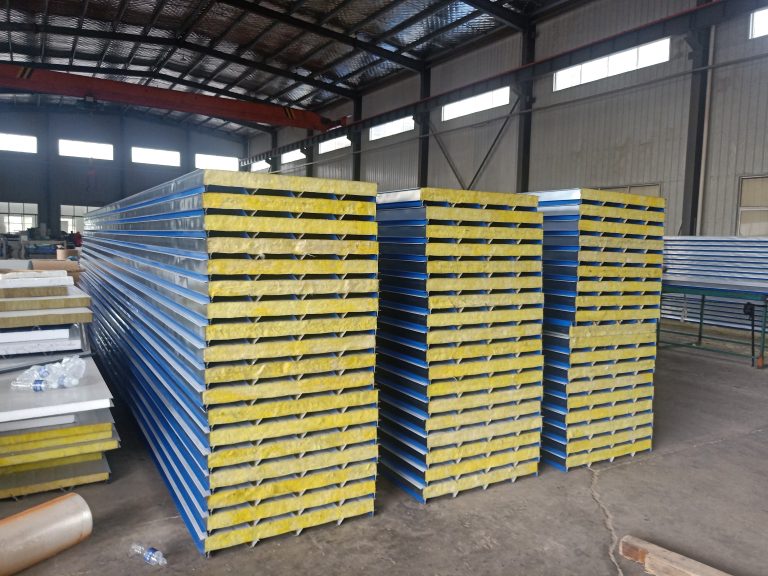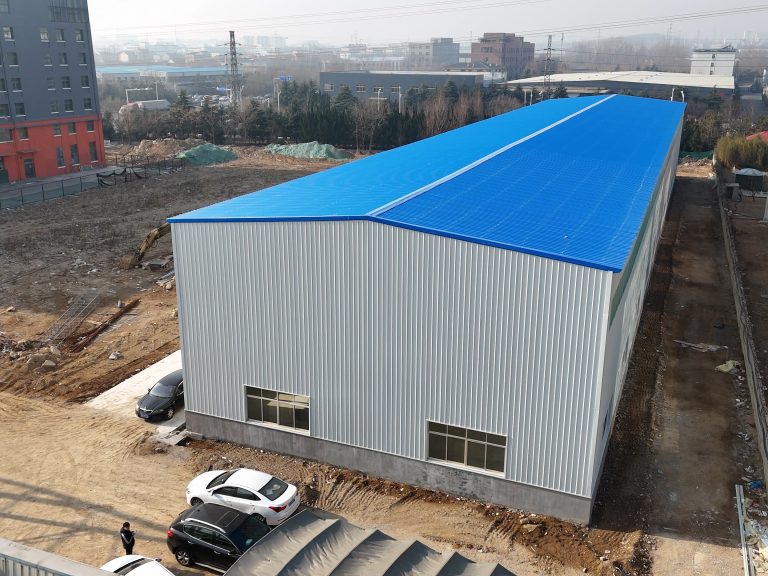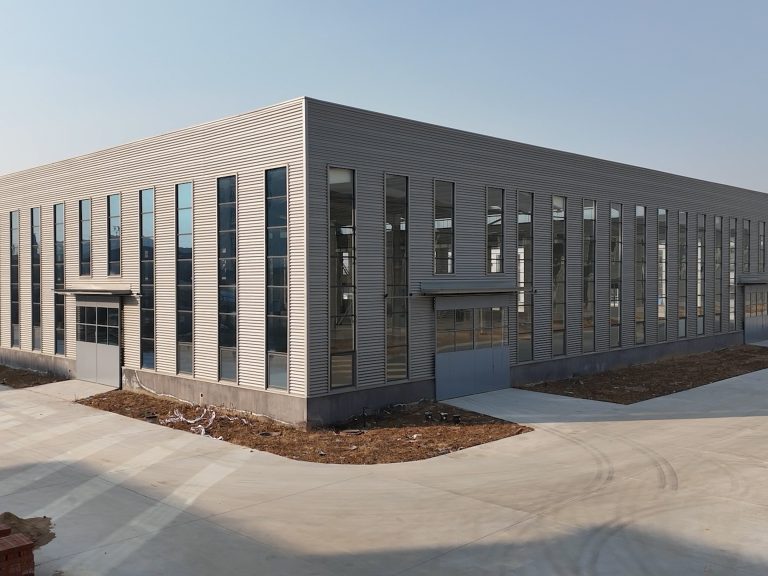Table of Contents
Advantages of Integrating Solar Panels into Steel Structures
Steel structures have long been a popular choice for construction due to their durability, strength, and versatility. However, in recent years, there has been a growing trend towards integrating renewable energy technology into these structures. One of the most common forms of renewable energy technology being integrated into steel structures is solar panels. This innovative combination offers a range of advantages that make it an attractive option for both commercial and residential buildings.
One of the key advantages of integrating solar panels into steel structures is the ability to maximize space efficiency. By incorporating solar panels directly into the design of the steel structure, space that would otherwise be unused can be utilized to generate clean, renewable energy. This not only helps to reduce the overall footprint of the building but also allows for greater energy production in a smaller area.
In addition to maximizing space efficiency, integrating solar panels into steel structures can also help to reduce energy costs. By harnessing the power of the sun to generate electricity, buildings can significantly lower their reliance on traditional energy sources, resulting in lower utility bills and long-term cost savings. This can be particularly beneficial for commercial buildings that have high energy demands and can benefit from the financial savings that come with renewable energy technology.
Furthermore, integrating solar panels into steel structures can also help to reduce the environmental impact of a building. By generating clean, renewable energy on-site, buildings can reduce their carbon footprint and contribute to a more sustainable future. This is especially important as the world continues to grapple with the effects of climate change and the need to transition to more environmentally friendly energy sources.
Another advantage of integrating solar panels into steel structures is the potential for increased property value. Buildings that incorporate renewable energy technology are often seen as more desirable and can command higher prices on the real estate market. This can be a significant benefit for property owners looking to increase the value of their investment and attract environmentally conscious buyers.
Additionally, integrating solar panels into steel structures can help to enhance the overall aesthetic appeal of a building. Solar panels can be seamlessly integrated into the design of the structure, creating a sleek and modern look that is both functional and visually appealing. This can help to set a building apart from others in the area and make a statement about the owner’s commitment to sustainability.
Overall, the integration of solar panels into steel structures offers a range of advantages that make it a compelling option for both commercial and residential buildings. From maximizing space efficiency and reducing energy costs to lowering environmental impact and increasing property value, this innovative combination has the potential to transform the way we think about construction and energy production. As the demand for renewable energy continues to grow, integrating solar panels into steel structures will likely become an increasingly popular choice for forward-thinking builders and property owners.
How Wind Turbines Can Be Incorporated into Steel Buildings for Energy Generation
Steel structures have long been a staple in the construction industry due to their durability, strength, and versatility. However, with the increasing focus on sustainability and renewable energy, there has been a growing interest in incorporating renewable energy technologies into steel buildings. One such technology that has gained popularity in recent years is wind turbines.
Wind turbines are devices that convert the kinetic energy of the wind into mechanical power, which can then be used to generate electricity. These turbines typically consist of a tower, blades, and a generator, and can be installed on land or offshore to harness the power of the wind. While wind turbines are commonly seen as standalone structures in open fields or along coastlines, there is a growing trend towards integrating them into existing buildings, particularly steel structures.

One of the key advantages of incorporating wind turbines into steel buildings is the potential for increased energy generation. By placing turbines on the roof or facade of a building, they can take advantage of the higher wind speeds and smoother airflow at higher elevations, resulting in greater energy production. This can help offset the energy consumption of the building and reduce reliance on traditional energy sources, leading to cost savings and environmental benefits.
In addition to increased energy generation, integrating wind turbines into steel buildings can also help to optimize space utilization. By utilizing the vertical space of a building for energy production, developers can maximize the use of limited land area and reduce the need for additional land for renewable energy installations. This can be particularly beneficial in urban areas where space is at a premium and there is a growing demand for sustainable building solutions.
Furthermore, incorporating wind turbines into steel buildings can enhance the aesthetic appeal of the structure. Modern wind turbines are designed to be sleek and visually appealing, and when integrated into a steel building, they can serve as a striking architectural feature. This can help to differentiate the building from its surroundings and showcase the commitment to sustainability and innovation.
When it comes to the technical aspects of integrating wind turbines into steel buildings, there are several factors to consider. The structural integrity of the building must be carefully assessed to ensure that it can support the additional weight and wind loads of the turbines. Wind studies should also be conducted to determine the optimal placement and orientation of the turbines for maximum energy production.
In terms of installation and maintenance, incorporating wind turbines into steel buildings can be more complex than standalone installations. Specialized equipment and expertise may be required to safely install and maintain the turbines, particularly on tall buildings or in challenging environments. However, with proper planning and coordination, the benefits of integrating wind turbines into steel buildings can outweigh the challenges.
Overall, the combination of steel structures and renewable energy technology innovation, such as wind turbines, holds great potential for sustainable building design and energy generation. By harnessing the power of the wind and leveraging the strength and versatility of steel, developers can create buildings that are not only durable and efficient but also environmentally friendly and visually striking. As the demand for sustainable building solutions continues to grow, integrating wind turbines into steel buildings is a promising avenue for achieving energy independence and reducing carbon emissions.







